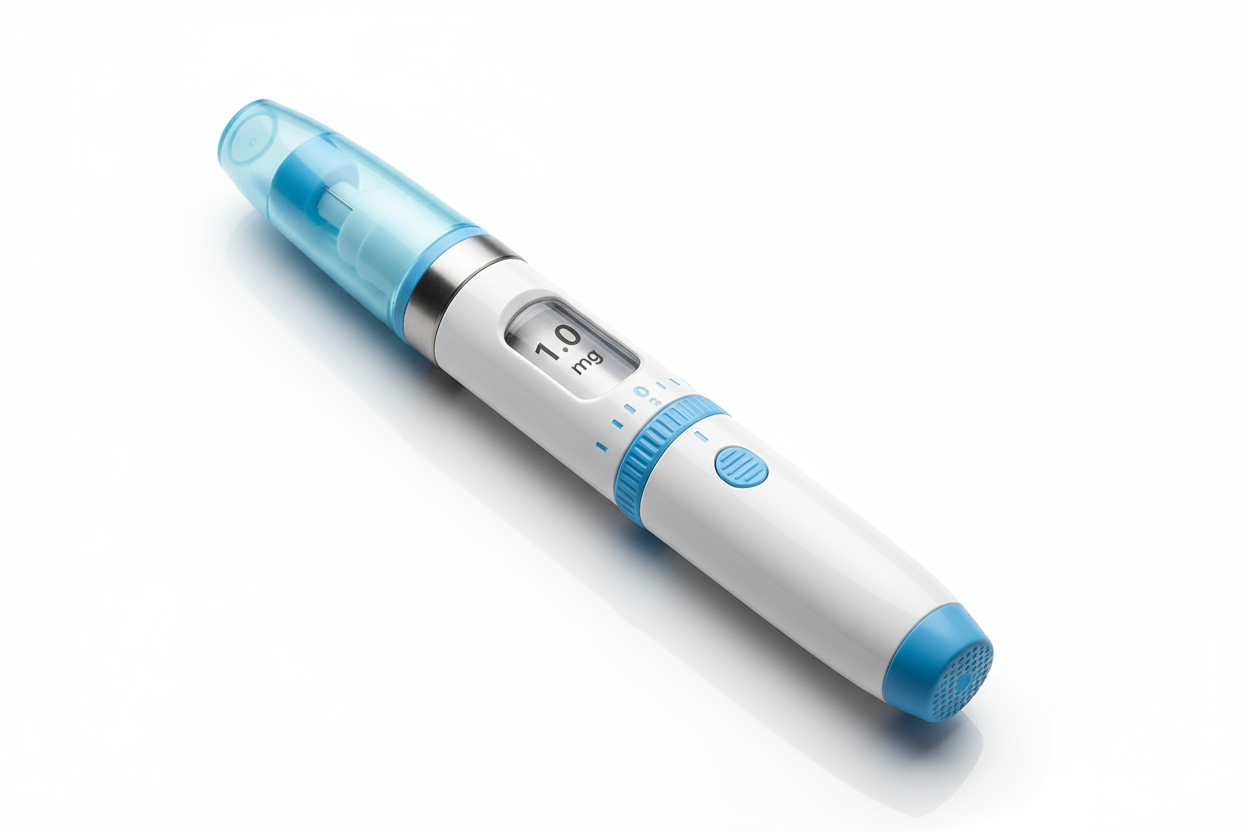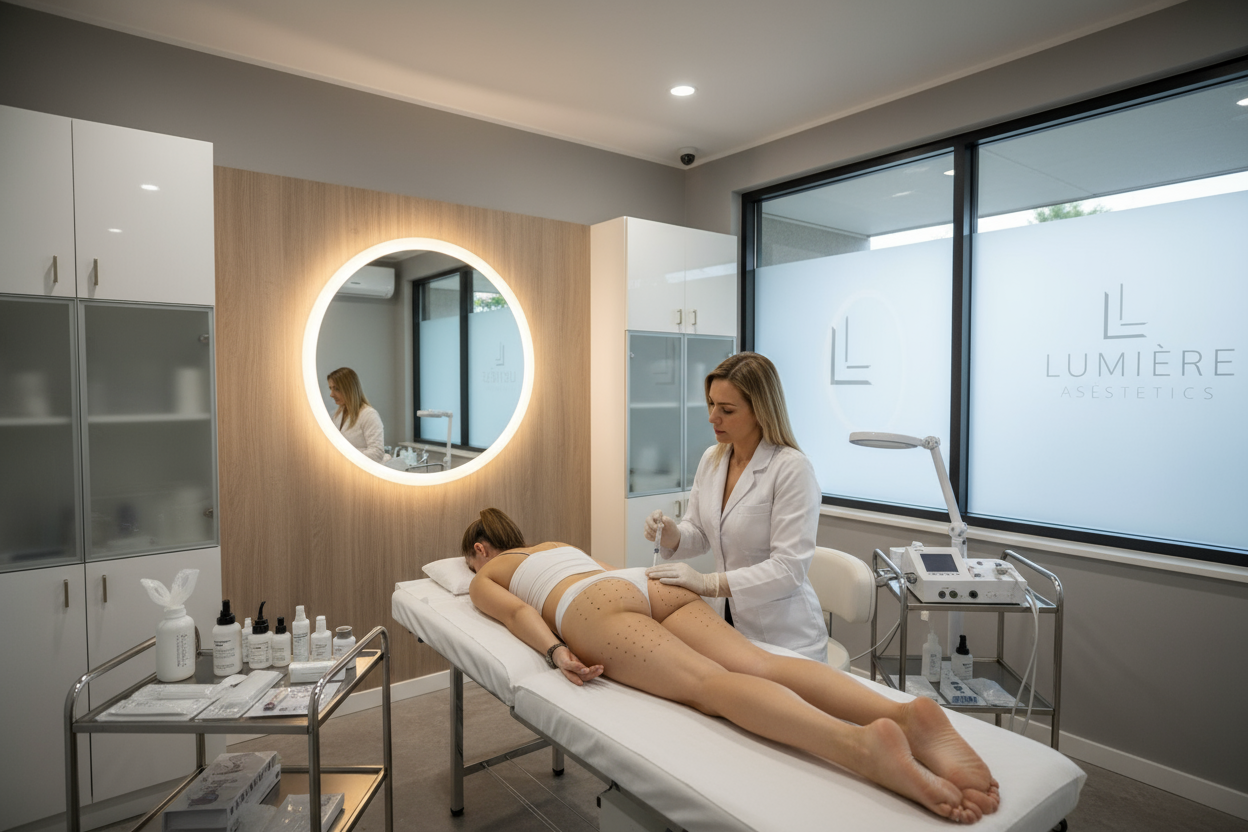
Brazilian Butt Lift Recovery: Shapewear for Optimal Results
When it comes to Brazilian Butt Lift (BBL) procedures, what happens after you leave the operating room is just as crucial as the surgery itself. The recovery period can make or break your results, and that's where proper compression garments come into play. We at Deux Coeurs understand the science behind successful BBL recovery, and we're here to help you navigate this critical healing phase. Let's dive into why the right faja can be your best friend during this transformative journey.
Understanding the BBL Process: Why Recovery Matters
A Brazilian Butt Lift isn't just about adding volume - it's a complex procedure involving fat transfer that requires specialized aftercare. Medical research has consistently shown that proper post-operative care significantly impacts fat survival rates and overall results.
During a BBL, your surgeon removes fat from areas like your abdomen, flanks, or thighs through liposuction, processes and purifies it, then strategically injects it into your butt (and sometimes also hips). This transferred fat needs to establish a new blood supply to survive in its new location - a delicate process that requires proper support and protection.
The initial weeks following your BBL are absolutely critical. Fat grafts are vulnerable during this period as they work to develop vascularization (blood vessel formation) in their new location. Medical experts emphasize that the first two to three weeks post-surgery are when the foundation for your final results is established. The choices you make during this time - including the compression garments you wear - can significantly influence your outcome.
The Shapewear Sweet Spot: Compression Without Compression
Here's where things get tricky - and why generic shapewear simply won't cut it. After a BBL, you need:
- Firm compression on liposuctioned areas to reduce swelling and help skin retraction
- Zero compression on the butt to avoid damaging the newly transferred fat cells
This paradoxical requirement is why specialized BBL fajas exist. These garments feature strategic cutouts or reduced compression zones around the buttocks while providing firm support elsewhere.
Research published in plastic surgery literature has found that patients who wore properly designed BBL garments showed significantly better contour results and reported less discomfort during recovery compared to those using generic compression wear. The key is finding a garment specifically engineered for BBL recovery - not just any shapewear off the shelf.
The Timeline: When to Wear What
Your recovery journey will progress through distinct stages, each requiring specific support for optimal results:
Stage 1: Immediate Post-Op Recovery (First 3 Weeks)
The Stage 1 faja journey begins the moment your surgery ends. Before you even wake up from anesthesia, your surgeon will fit you with your first compression garment - this is typically included as part of your surgical package, though many patients choose to purchase additional garments for convenience during the washing and drying process.
Understanding the role of tumescent fluid is essential to appreciating why Stage 1 compression matters so much. During liposuction, surgeons inject significant amounts of tumescent solution - a carefully formulated mixture of saline, local anesthetic (lidocaine), and a blood vessel constrictor (epinephrine) - into the areas being treated. This solution serves multiple purposes: it minimizes blood loss, reduces pain, and makes fat removal easier and safer.
However, not all of this fluid is removed during surgery. Some remains in the tissues and needs to drain naturally over the following days and weeks. According to medical literature, patients can retain several hundred milliliters of tumescent fluid post-operatively. This fluid, combined with the body's natural inflammatory response (which produces additional lymphatic fluid and causes swelling), needs an efficient exit strategy.
This is where your Stage 1 faja becomes mission-critical. The primary purpose of Stage 1 compression is to support adequate circulation and promote proper drainage of these fluids from the surgical sites. Without appropriate compression, fluid can accumulate in pockets (called seromas), leading to prolonged swelling, discomfort, and potentially compromising your results.
A quality Stage 1 garment:
- Provides graduated compression that's firm enough to encourage fluid movement but not so tight that it restricts circulation
- Features strategic design elements that direct fluid toward natural drainage pathways
- Includes specialized openings for surgical drains when present (some surgeons place temporary drains to expedite fluid removal)
- Offers buttock cutouts or reduced compression zones to prevent any pressure on newly transplanted fat cells
Medical professionals consistently emphasize that the first 72 hours post-surgery are when the most significant fluid drainage occurs. Patients often report needing to change absorbent pads or liners frequently during this initial period - this is completely normal and a sign that your body is doing exactly what it should.
You'll typically wear your Stage 1 garment continuously (removing only for showering once your surgeon permits) for approximately three weeks. Some surgeons may recommend slightly shorter or longer timeframes based on your individual healing progress, which is why following your specific surgeon's protocol is essential.
Stage 2: Long-Term Recovery and Shaping (3 Weeks to 6 Months)
Once the initial healing phase is complete and most acute drainage has subsided - typically around the three-week mark - your surgeon will advise you to transition to a Stage 2 compression garment. This is where many patients make a critical mistake: they assume that because they're feeling better and the major swelling has decreased, they no longer need compression. Nothing could be further from the truth.
Studies in aesthetic plastic surgery literature have demonstrated that patients who maintained proper compression for at least 12 weeks post-operatively showed superior skin retraction and better long-term contour maintenance compared to those who discontinued compression earlier. Think of Stage 2 compression as the difference between getting a good result and getting a great result.
Stage 2 garments differ from Stage 1 in several important ways:
- Increased compression levels: Stage 2 fajas provide firmer compression than Stage 1. Now that the acute drainage phase is complete, the focus shifts to more structured contouring and skin retraction
- Contouring focus: The emphasis shifts from drainage support to body sculpting - helping your skin conform smoothly to your new contours and preventing irregularities
- Enhanced structural support: Many Stage 2 garments feature reinforcement elements like silicone rods along the torso, providing targeted compression and shaping that Stage 1 garments don't offer
- Long-term commitment: While they're more rigid, Stage 2 fajas are designed to be worn for extended periods as you return to normal activities.
The reason Stage 2 compression matters so much has to do with what's happening beneath your skin. During the 3-to-6-month window, your body is:
- Continuing to resorb residual swelling (yes, you'll still have some swelling months later - it's just less obvious)
- Forming new collagen structures that will define your final shape
- Allowing transferred fat cells to fully stabilize in their new location
- Healing internal tissues and establishing the final contour
Board-certified plastic surgeons consistently emphasize that most suboptimal BBL outcomes occur when patients abandon their compression garments prematurely. The Stage 2 period is when your body's new contours are being finalized. Consistent compression during this time isn't optional—it's a fundamental component of achieving the results you invested in.
Many patients find that wearing their Stage 2 faja becomes second nature. As one of our customers put it, "I honestly felt naked without it. After six months of wearing it daily, taking it off for good was bittersweet - but my results were absolutely worth the commitment."
The Dos and Don'ts of BBL Recovery Wear
DO:
- Invest in quality, medical-grade compression garments specifically designed for BBL recovery - this isn't the time to cut corners
- Purchase at least two garments so you can wear one while washing the other (trust us, you'll appreciate having a backup)
- Follow your surgeon's specific instructions about when to wear your faja and for how long each day
- Look for moisture-wicking, breathable fabrics to prevent skin irritation during extended wear
- Size correctly - compression garments should be snug but not painfully tight; if you're losing circulation or experiencing numbness, the garment is too small
DON'T:
- Sit directly on your buttocks for at least 2-3 weeks (use BBL pillows instead!)
- Wear standard shapewear that compresses your buttocks - this can compromise fat graft survival
- Remove your compression garment for extended periods during the initial recovery phase without your surgeon's approval
- Choose cheaper alternatives that lack proper support or anatomical design for BBL recovery
- Sleep on your back during the early recovery phase - stick to stomach or side sleeping to protect your results
Beyond Compression: The Complete Recovery Package
While your faja does the heavy lifting, a successful BBL recovery requires a comprehensive approach:
BBL Pillows or Cushions: These specially designed cushions allow you to sit without putting direct pressure on your butt. They're absolute lifesavers for those times when you simply cannot stand or lie down. Look for ones with adequate thickness and support—cheap versions often compress too much and defeat the purpose.
Lymphatic Massage: Manual lymphatic drainage (MLD) performed by a trained therapist can significantly reduce swelling and improve your contours. However, timing is everything - only begin lymphatic massage after clearance from your surgeon.
While this is typically as early as 24-48 hours post-op, the timing can vary based on:
· Your surgeon’s protocols
· Presence of surgical drains (MLD may wait until drains are removed)
· Your specific healing progress
· Whether there are any complications
These gentle massages help move trapped fluid and reduce fibrosis (internal scar tissue) that can cause lumps or irregularities.
Hydration and Nutrition: Your body is doing some serious healing work, and it needs fuel. Adequate protein intake (aim for at least 60-80 grams daily) supports tissue repair and fat graft survival. Staying hydrated helps your body flush out toxins and reduces swelling. Consider adding anti-inflammatory foods like berries, fatty fish, and leafy greens to your diet.
Movement: While you need to avoid strenuous exercise, gentle walking is encouraged even in the first few days post-op. Movement promotes circulation, prevents blood clots, and actually helps with fluid drainage. Just avoid anything that bounces or jiggles your butt during the first 6-8 weeks.
Patience: This might be the hardest part. You won't see your final results for 6-12 months. Swelling takes time to resolve completely, and your transferred fat cells need several months to fully stabilize. The body you see at 3 weeks post-op will look different from your body at 3 months, which will look different from your final result.
Finding Your Perfect Post-BBL Faja
At Deux Coeurs, we understand that recovery isn't one-size-fits-all. Our specialized BBL recovery collection is manufactured in Colombia - known worldwide for producing the highest-quality compression garments - and designed specifically for the unique needs of BBL patients.
Our fajas feature:
- Anatomically designed compression zones that provide firm support where you need it
- Buttock cut-outs with reinforced edges to prevent pressure marks and protect fat grafts
- Adjustable closures to accommodate changing swelling throughout your recovery
- Breathable, antimicrobial fabrics ideal for extended wear without skin irritation
- Medical-grade compression levels that meet surgeon specifications
We've worked with post-op patients for years, and we've learned that the investment in proper recovery wear is truly an extension of your surgical investment. Think about it: you've spent thousands of dollars and undergone a significant procedure. Why risk your results by skimping on the one thing you'll be wearing 23 hours a day for months?
As one of our customers recently told us: "I almost bought a cheaper faja from another brand to save $50. I'm so glad I didn't. The Deux Coeurs quality is noticeable from day one - it actually stays in place, the compression is even, and it's held up through countless handwashes. Best decision I made for my recovery."
The Bottom Line
Your BBL journey doesn't end when you leave the operating room - it's just beginning. The science is clear: specialized compression wear significantly impacts your final results by supporting proper healing, reducing complications, and helping maintain your new contours.
Whether you're still in the planning stages or already recovering from your procedure, investing in the right post-op shapewear is one of the smartest decisions you can make for your BBL journey.
Have questions about finding the perfect post-BBL faja for your specific needs? Drop us a comment below or contact our fit specialists for personalized recommendations!
Disclaimer: This blog post contains general information about BBL recovery and compression garments. Always follow your surgeon's specific instructions regarding post-operative care, as individual needs may vary.


